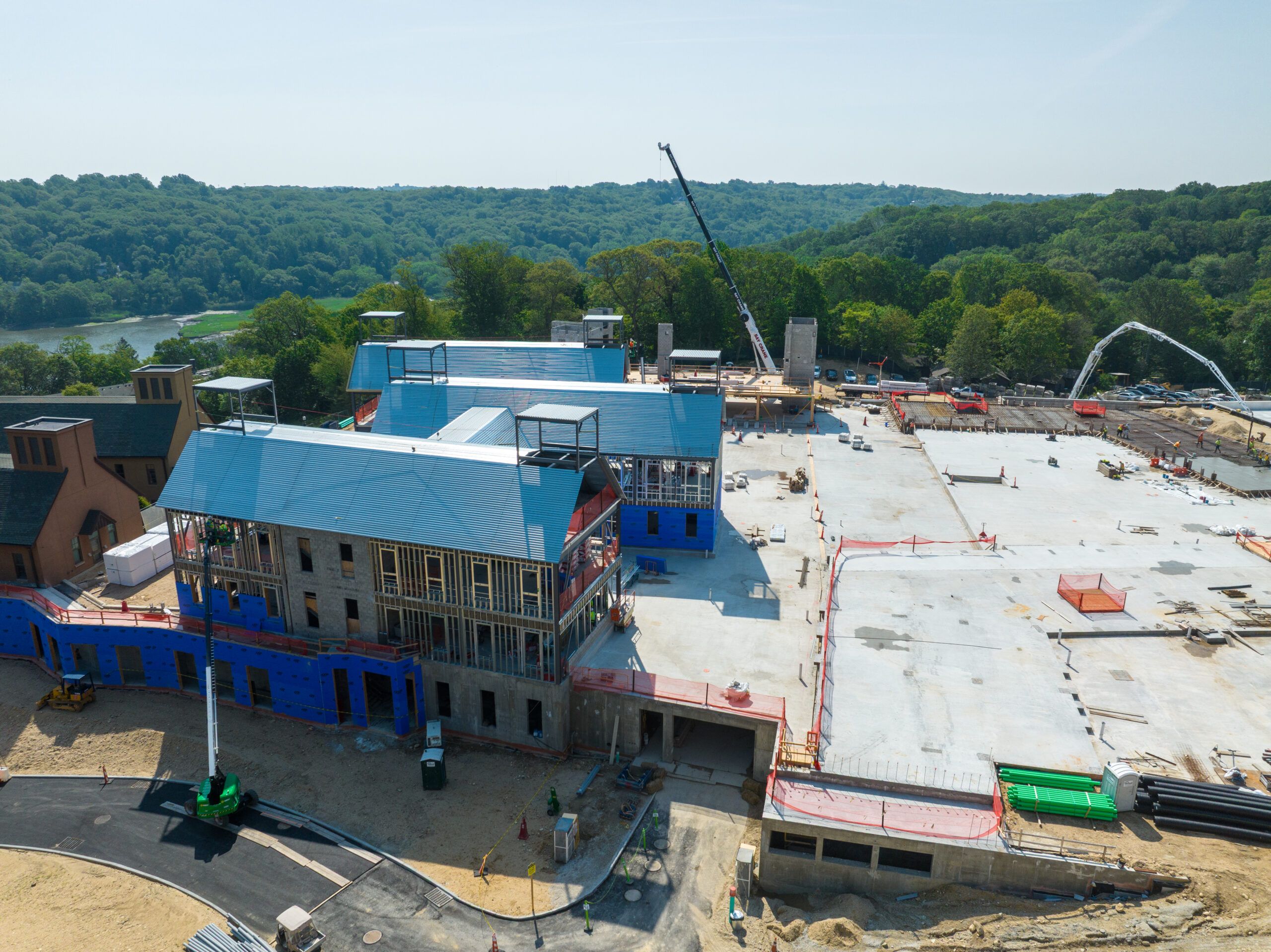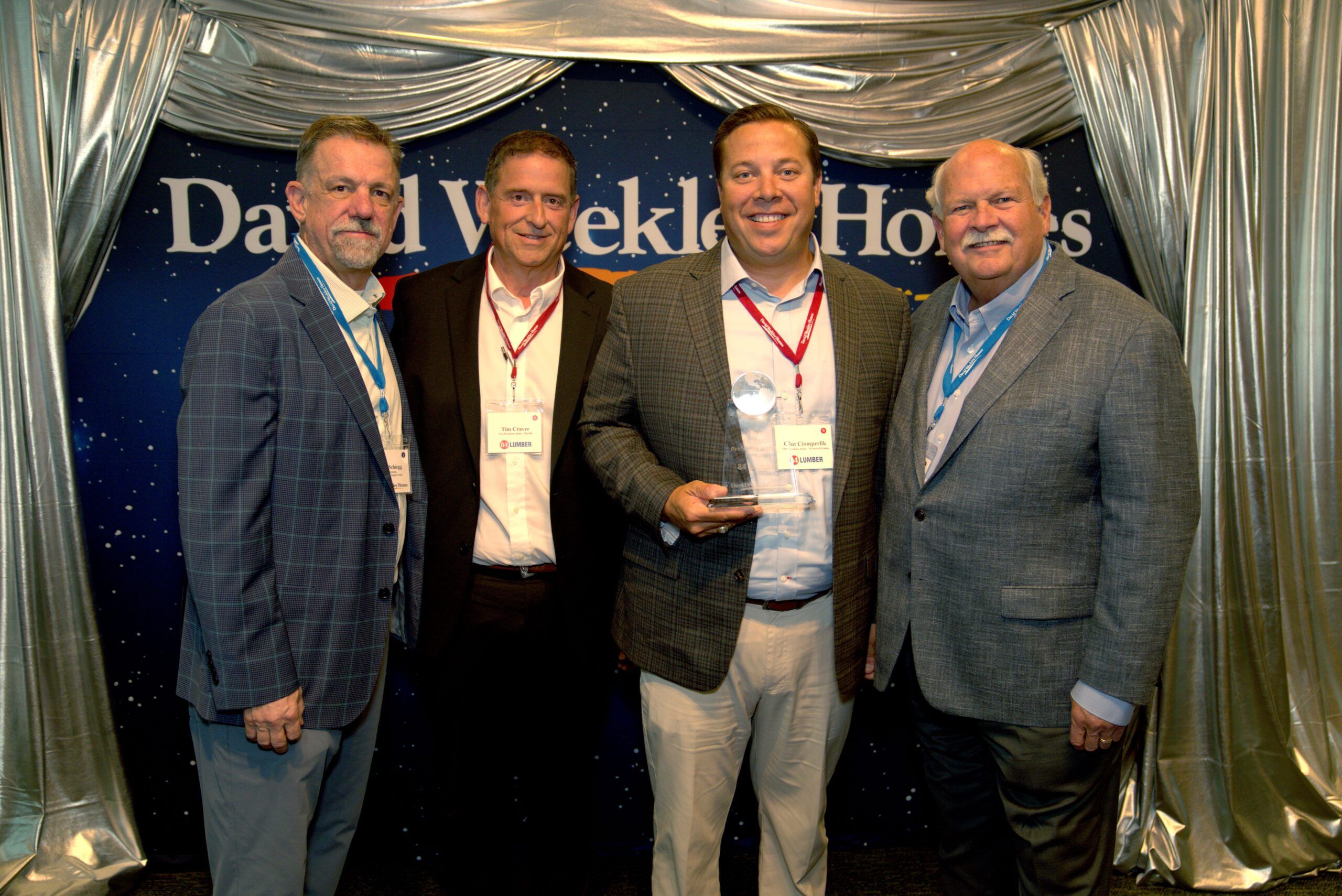Green energy plays a major impact on large-scale infrastructure projects by enhancing sustainability and resilience. Through the use of technologies like solar panels and wind turbines, you reduce carbon footprints and enhance energy security. Moreover, the long-term cost savings can improve project quality and gain community acceptance. However, problems like policy barriers and finance can arise. As you go deeper into this topic, you will discover successful case studies and upcoming trends driving greener urban development.
The Role of Renewable Energy in Infrastructure Development
With the growth of cities and development of new infrastructure projects, inclusion of renewable energy sources is the key to sustainable development. You will find that employing renewable energy technologies, like solar panels and wind turbines, not only reduces carbon footprints but also improves energy security. When you use these technologies, you promote sustainable energy policies that improve environmental responsibility and resource productivity.
You can also notice that the majority of municipalities today highly prioritize renewable energy in their planning plans, ensuring new developments are consistent with long-term sustainability goals. Platforms like Go Petrolink provide valuable insights and solutions for integrating renewable energy into infrastructure projects, helping businesses and communities transition to greener alternatives.
Websites like Go Petrolink provide valuable information and solutions for the integration of renewable energy into infrastructure projects so that businesses and communities can switch more easily to cleaner alternatives. Becoming a part of this trend, you are contributing to a strong infrastructure that meets existing needs without compromising the future. In the end, your contribution to the use of renewable energy in infrastructure development translates to a cleaner, greener city life for everyone.
Key Benefits of Green Energy Adoption
Reintroducing renewable energy into infrastructure projects is a treasure trove of benefits apart from environmental gains. You will reduce costs in the long run since renewable energy such as wind and solar has lower operational costs than fossil fuels.
You can invest this money in increasing project quality or financing additional projects. In addition, green energy utilization reduces your project’s role in contaminating the environment, not only required by law in the fight against climate change but also enhancing public mindset and acceptability. By placing eco-friendly approaches at the forefront, your project is set as the innovation and corporate social responsibility flag-bearer. In the long term, going green sustains a better state of the world’s environment with economic effectiveness in consideration, thus it is prudent for any large-scale infrastructure project.
Challenges in Implementing Green Energy Solutions
While the benefits of green energy are clear, implementing these solutions into infrastructure projects is full of pitfalls. One of the biggest pitfalls you can expect to encounter is policy hurdles that are geographic-based. These policies will slow down your project time and increase its cost. Another pitfall is technology integration; you will need to make sure that new green tech is completely compatible with existing systems. This typically requires specialized training for your personnel and additional resources for implementation. In addition, accessing finance is difficult, especially if stakeholders are nervous about the initial outlay. To overcome these challenges, it is essential to stay abreast of policy trends and foster cooperation among all parties.
Case Studies of Successful Green Infrastructure Projects
Effective green infrastructure project case studies chronicle the revolutionary power of clean energy solutions in urban planning. One such case is the New York City High Line urban revitalization project. The High Line project repurposed a former railway line as an active park with green elements and green building practices integrated into its construction. Take Milan’s Bosco Verticale, for example, where housing towers include plants, improving air quality and energy efficiency. These projects demonstrate that it is feasible to marry sustainability and aesthetics. By adopting clean energy and sustainable material use, cities not only breathe new life into their landscape but also lay the groundwork for infrastructural development in the future. It is not difficult to envision how these examples pave the way for a more sustainable urban future.
Trends in Sustainable Infrastructure Development
Since cities are on the move, the velocity for green infrastructure is picking up pace since individuals are more aware of environmental issues and creating resilience. You will see a shift towards smart cities as technology becomes part of city development. IoT sensors are some
technologies that maximize energy usage, reduce waste, and enhance efficiency. Circular economy increasingly also becomes a governing ideology, in which resource reuse and reduction in waste become core areas. Infrastructures that support recycling and reuse are also constructing a green future. Suggest further investments in green buildings, green transport systems, and clean energy. With your participation in these projects, you will be contributing directly towards a greener future for the next generation.
Conclusion
Green energy incorporated into mega infrastructure projects is no flash in the pan; it’s the path to a green future. With renewable energy, you can greatly reduce the impact on the environment while also saving long-term cost advantages. Despite all the odds, the benefits overweigh them, as witnessed by successful models. In the next few years, remaining attentive to future trends will enable you to make defining decisions that help make our planet greener. You can do it!











